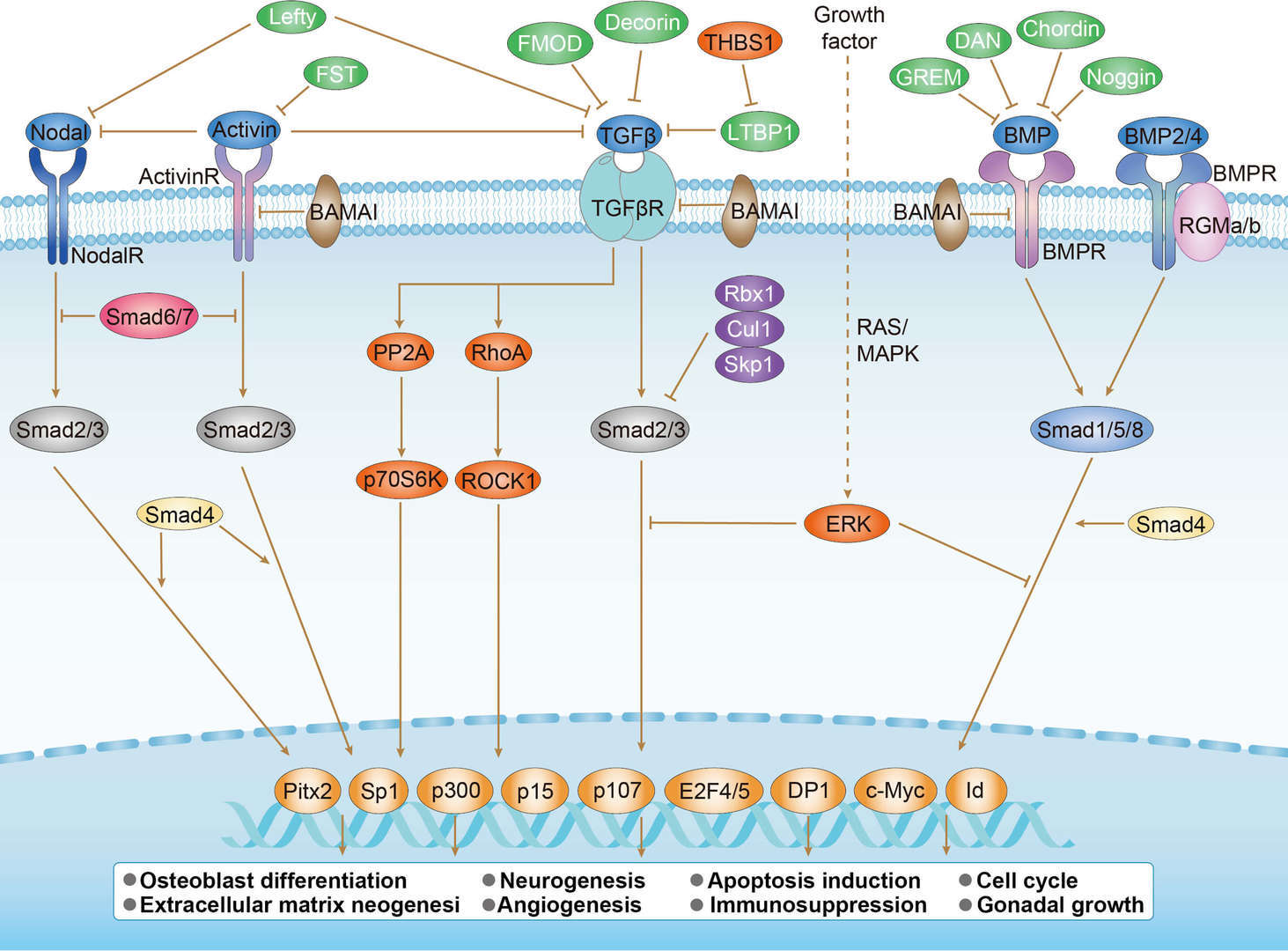 Loading...
Loading...

SKP1
Intracellular
Low cell type specificity
Low immune cell specificity
Low cell line specificity
Interacts with KDM2B, forming heterodimers (PubMed:27568929). The KDM2B-SKP1 heterodimeric complex interacts with the PCGF1-BCORL heterodimeric complex to form a homotetrameric polycomb repression complex 1 (PRC1. 1) (PubMed:27568929). Component of multiple SCF (SKP1-CUL1-F-box) E3 ubiquitin-protein ligase complexes formed of CUL1, SKP1, RBX1 and a variable F-box domain-containing protein as substrate-specific subunit. Component of the SCF(FBXW11) complex containing FBXW11. Component of the SCF(SKP2) complex containing SKP2, in which it interacts directly with SKP1, SKP2 and RBX1. Component of the SCF(FBXW2) complex containing FBXw2. Component of the SCF(FBXO32) complex containing FBXO32. Component of the probable SCF(FBXO7) complex containing FBXO7. Component of the SCF(FBXO10) complex containing FBXO10. Component of the SCF(FBXO11) complex containing FBXO11. Component of the SCF(FBXO25) complex containing FBXO25. Component of the SCF(FBXO33) complex containing FBXO33. Component of the probable SCF(FBXO4) complex containing FBXO4. Component of the SCF(FBXO44) complex, composed of SKP1, CUL1 and FBXO44. Component of the SCF(BTRC) complex, composed of SKP1, CUL1 and BTRC. This complex binds phosphorylated NFKBIA. Part of a SCF complex consisting of CUL1, RBX1, SKP1 and FBXO2. Component of a SCF(SKP2)-like complex containing CUL1, SKP1, TRIM21 and SKP2. Component of the SCF(FBXO17) complex, composed of SKP1, CUL1 and FBXO17. Component of the SCF(FBXO27) complex, composed of SKP1, CUL1 and FBXO27. Component of the SCF(CCNF) complex consisting of CUL1, RBX1, SKP1 and CCNF. Component of the SCF(FBXL3) complex composed of CUL1, SKP1, RBX1 and FBXL3. Component of the SCF(FBXL21) complex composed of CUL1, SKP1, RBX1 and FBXL21. Component of the SCF(FBXO9) composed of CUL1, SKP1, RBX1 and FBXO9. Component of the SCF(FBXW7) composed of CUL1, SKP1, RBX1 and FBXW7 (PubMed:28727686). Interacts with CEP68 (PubMed:25503564). Interacts with NOTCH2 (PubMed:29149593). Interacts with FBXW15 (By similarity). The SKP1-KDM2A and SKP1-KDM2B complexes interact with UBB (PubMed:30033217). (Microbial infection) Interacts with vaccinia virus protein C9L.
-
- Derivation: Phage display library screening
- Species Reactivity: Human
- Type: IgG
- Application: WB, FC, ICC/IF
-
- Species Reactivity: Human, Mouse, Rat
- Type: Rabbit IgG
- Application: WB, IF, FC
- Recombinant Mouse Anti-Human SKP1 Antibody (MOB-1783MZ)
-
- Species Reactivity: Human
- Type: Mouse antibody
- Application: WB
-
- Species Reactivity: Human, Mouse, Rat
- Type: Rabbit IgG
- Application: WB, ICC, IF
-
- Derivation: Mouse
- Species Reactivity: Human
- Type: Mouse IgG1
- Application: WB, IHC, ICC, FC, ELISA
- Mouse Anti-SKP1 Recombinant Antibody (clone 4E11C10) (VS3-XY1424)
-
- Type: Mouse IgG1
- Application: IHC, ICC, FC
-
- Derivation: Rabbit
- Species Reactivity: Human, Mouse, Rat
- Type: Rabbit IgG
- Application: WB, ELISA
Our customer service representatives are available 24 hours a day, from Monday to Sunday. Contact Us
Can't find the products you're looking for? Try to filter in the left sidebar.Filter By Tag
For Research Use Only. Not For Clinical Use.

 TGF-β Signaling Pathway
TGF-β Signaling Pathway